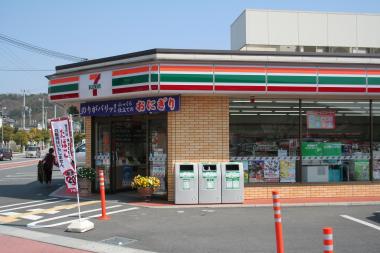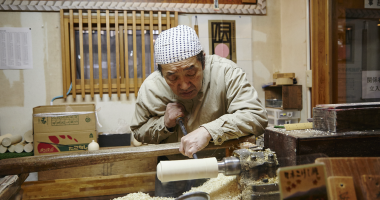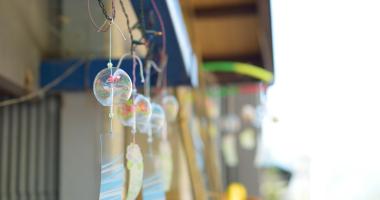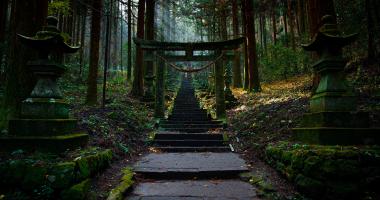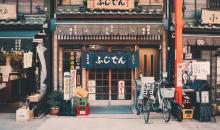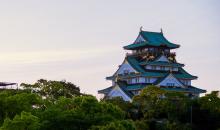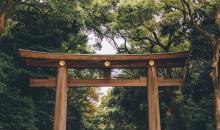Freeters フリーター



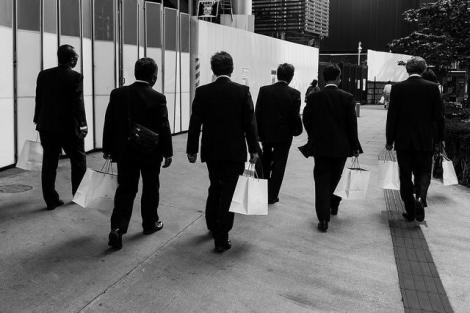


Margin employees
Japan is known as the land of lifetime employment. Even if this reality is changing due to the influence of liberalism and changing economy, it remains a significant fact in the country. Creating a new generation of workers in the service industry "Freeters", mainly in Konbini...
A concept that appeared in the 80s
The term freeter is the contraction of "free time", which means "free time" in English, as well as the German "Frei arbeiter", "free worker". It emerged around 1987-88, during Japan's bubble economy, to define the few Japanese (less than 1 million at the time) who did not wish to enter the corseted world of standard Japanese employment. Initially, this situation corresponded to a choice, the objective of which could be either not to enter the Japanese business world directly and enjoy life, or to pursue individual projects.
With the economic crisis following the bursting of the bubble and the "lost decade" of the 1990s, the number of freeters increased considerably.
The emergence of a new precariousness
Freeters traditionally hold jobs in convenience stores, konbini, restaurants, fast food joints, and any jobs requiring low skill. With an average minimum wage of 874 yen per hour (about €7) in 2018, it is very complicated for a freeter to be able to find accommodation. Many live with their parents in this way, with Japanese families generally exerting little pressure on their offspring to leave the home.
If this situation is not embarrassing for the freeters who have temporarily chosen this situation, it is much more so for those who
enter this category despite themselves. The population of freeters in Japan is estimated to be around 10 million in 2014, with the vast majority unable to secure employment after high school or college, through shūkatsu. They are then confined to menial and poorly paid jobs, hampering their ability to integrate a more traditional career path or to start a family.
- Read also: The Japanese salaryman
Freeter Culture
Precariousness, the difficulty of integrating the "normal" world of Japanese business, and low wages have pushed the freeters to a certain margin of society, where they have recreated a culture. Koenji in Tokyo is the typical district where this culture is expressed, with its second-hand shops and recycled objects, and its troquets where the price of drinks is very low. The district is home to many happenings or demonstrations such as the actions of activist Hajime Matsumoto, who claims an alternative way of life.

